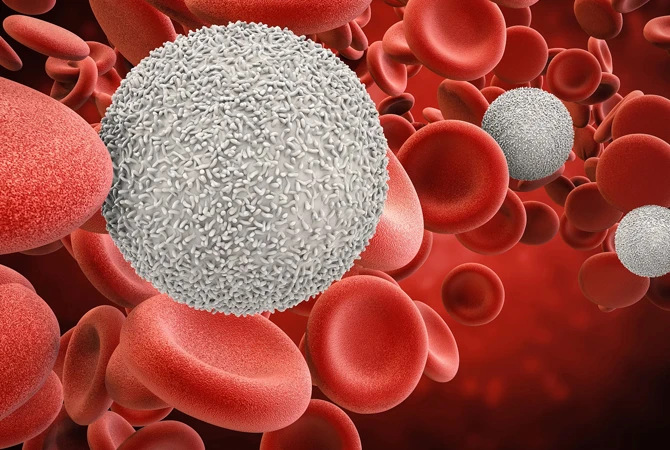
RPR TEST
- 21.04.2024 20:39
- 737

Hemostasis is a complex process in which multiple components of the blood coagulation system are activated in response to vascular injury to control bleeding.
Hemostasis consists of 4 main parts:
1. Primary hemostasis
2. Secondary hemostasis
3. Fiber formation and stabilization
4. Coagulation inhibitors
1. Primary hemostasis – vasoconstriction and platelet clot formation:
The main component of primary hemostasis is the platelet. Primary hemostasis occurs with damage to the vessel wall, in which subendothelial collagen is observed
• Vasoconstriction: Vasoconstriction occurs at the site of injury to reduce blood flow.
Adhesion: via the platelet glycoprotein Ib (GPIb) receptor, von Willebrand factor binds platelets to subendothelial collagen in the medulla. Other receptors allow platelets to adhere directly to collagen.
Aggregation: Platelets aggregate at an injured vascular site due to fibrinogen binding to GPIb receptors, thus forming a platelet plug. Aggregation of platelets also creates a phospholipid surface that enables the activation of coagulation factors.
2. Secondary hemostasis - activation of clotting factors and thrombin generation
Initiation of coagulation:
• Tissue factor is synthesized from damaged tissue cells, endothelial cells and monocytes (TF).
• Tissue factor and factor VIIa combine to form the factor TF-VIIa complex
• Factor TF-VIIa complex activates factor IX and factor X to generate small amounts of thrombin
• Factor XII (and other contact factors) play little role in the activation of factor XI